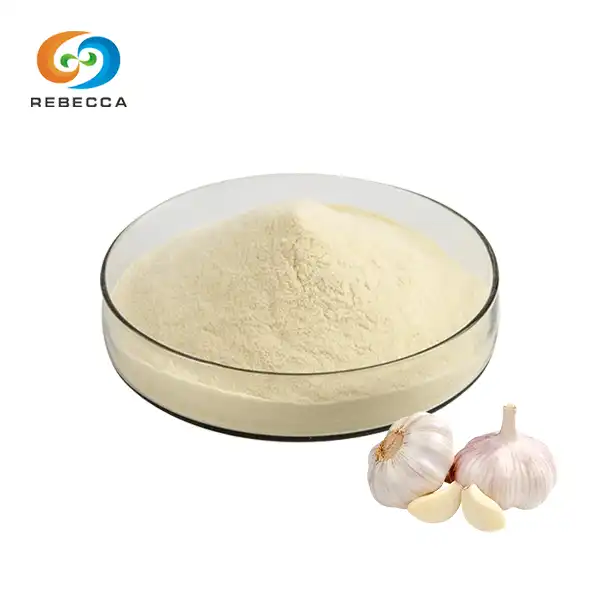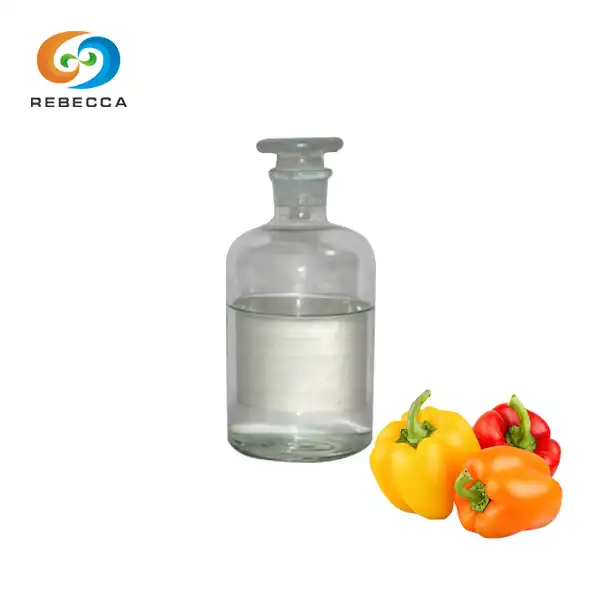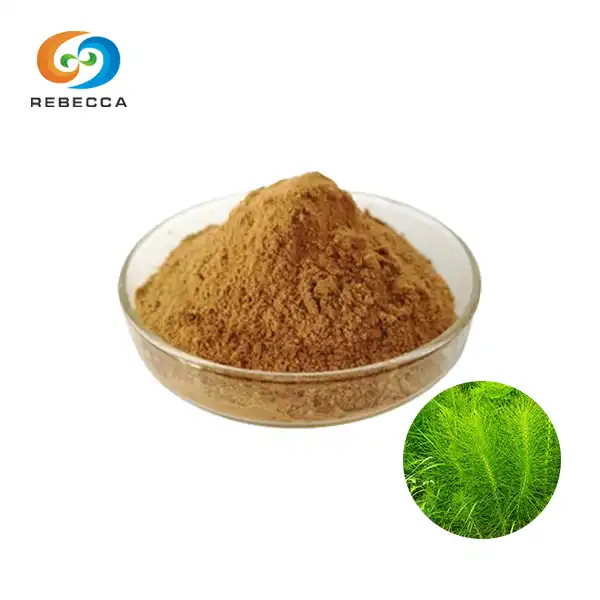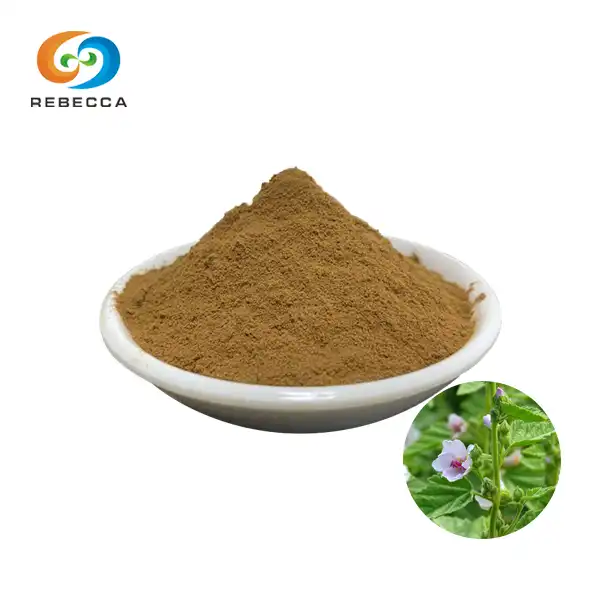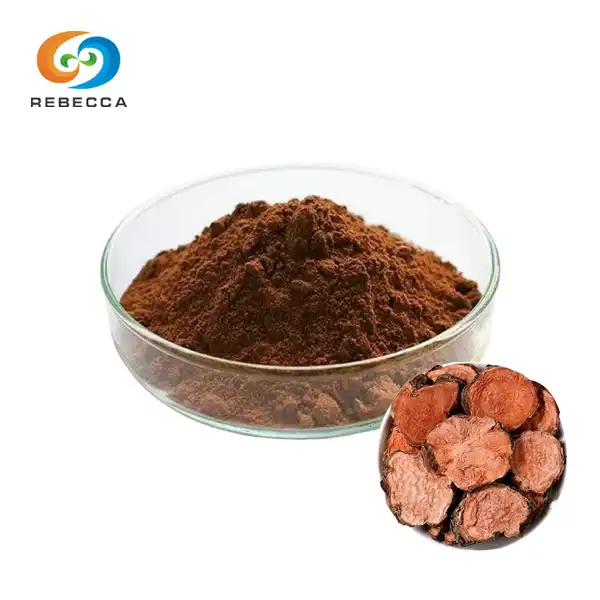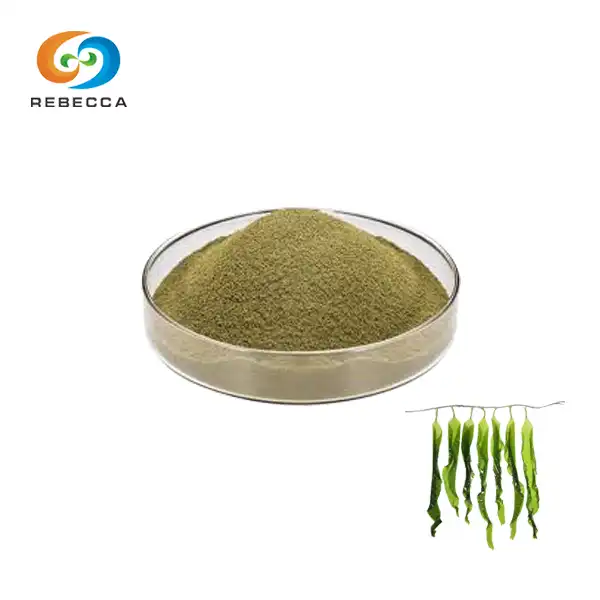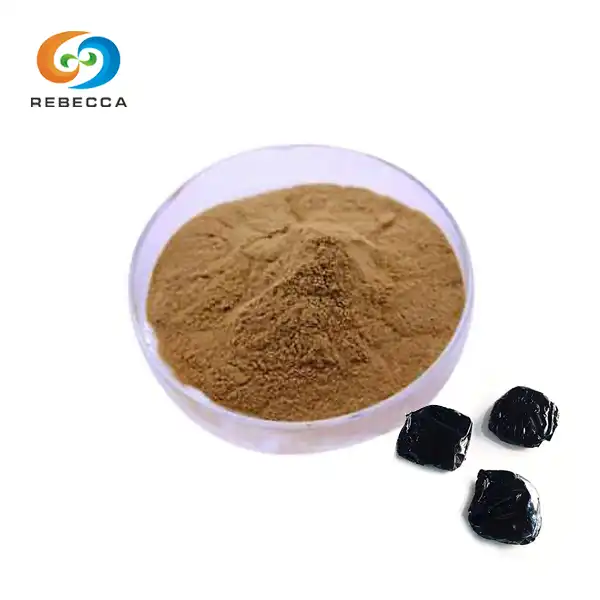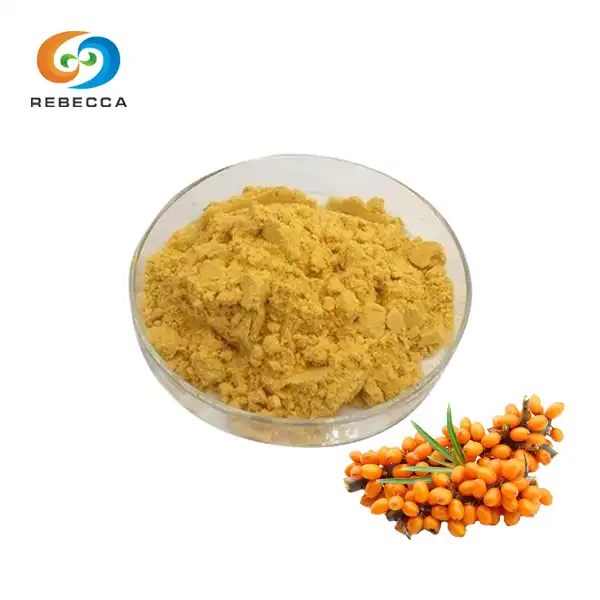How to use alpha lipoic acid powder on face?
Alpha lipoic acid (ALA) has gained popularity in skincare for its potent antioxidant properties and ability to combat signs of aging. If you're considering incorporating alpha lipoic acid powder into your facial skincare routine, this guide will walk you through the process, ensuring you reap the maximum benefits while minimizing potential side effects.
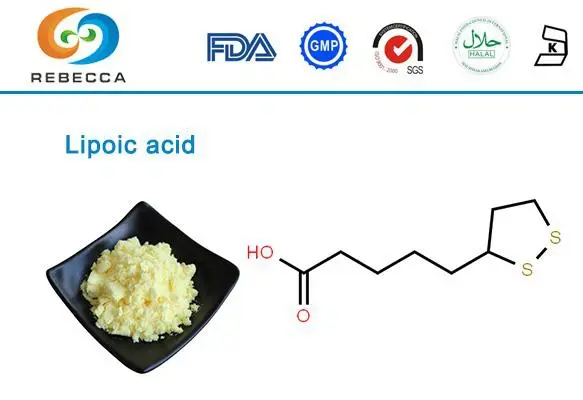
Choose Products Containing ALA
Before diving into application methods, it's crucial to select the right product. Alpha lipoic acid powder can be found in various skincare formulations, including serums, creams, and pure powder forms. When choosing a product, consider the following:
- Concentration: Look for products with ALA concentrations between 0.5% to 5%. Higher concentrations may be more effective but also increase the risk of irritation.
- Formulation: Serums and creams containing ALA are often easier to apply and may include additional beneficial ingredients.
- Pure powder: If opting for pure alpha lipoic acid powder, ensure it's from a reputable source and follow dilution guidelines carefully.
- Skin type compatibility: Those with sensitive skin should start with lower concentrations or products specifically formulated for sensitive skin.
It's worth noting that ALA is unstable when exposed to light and air, so opt for products in opaque, air-tight containers to maintain efficacy.
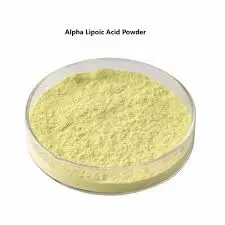
Frequency And Method Of Use
Incorporating alpha lipoic acid powder into your skincare routine requires a thoughtful approach. Here's how to use it effectively:
Patch Test
Before applying ALA to your face, conduct a patch test on a small area of skin, such as behind your ear or on your inner arm. Wait 24 hours to check for any adverse reactions.
Cleanse
Start with a clean face. Use a gentle, pH-balanced cleanser to remove dirt, oil, and makeup. Pat your skin dry with a clean towel.
Apply ALA
If using a serum or cream containing ALA, apply a small amount (about the size of a pea) to your face and neck. Gently massage it into your skin using upward motions. If using pure alpha lipoic acid powder, mix a small amount (typically 1/4 to 1/2 teaspoon) with a neutral carrier like distilled water or aloe vera gel before applying.
Allow Absorption
Give the product time to absorb into your skin. This usually takes about 5-10 minutes.
Follow with Moisturizer
After the ALA has been absorbed, apply your regular moisturizer to lock in hydration and further nourish your skin.
Sunscreen
Always finish your morning routine with a broad-spectrum sunscreen with at least SPF 30. ALA can increase skin sensitivity to UV rays, making sun protection crucial.
Frequency
Start by using ALA 2-3 times a week and gradually increase frequency as your skin adjusts. Some people can use it daily, while others find 2-3 times a week sufficient.

Nighttime Use
Many skincare experts recommend using alpha lipoic acid powder as part of your nighttime routine. Here's why:
- Increased Efficacy: Your skin's natural repair processes are more active at night, potentially enhancing the benefits of ALA.
- UV Sensitivity: Using ALA at night reduces the risk of increased sun sensitivity during the day.
- Complementary Products: ALA can be paired with other nighttime skincare products for synergistic effects.
When incorporating ALA into your nighttime routine:
- Cleanse your face thoroughly.
- Apply any toners or essences you typically use.
- Apply your ALA product.
- Follow with any other serums or treatments in your routine.
- Finish with a nourishing night cream or moisturizer.
Remember, when using alpha lipoic acid powder on your face, patience is key. It may take several weeks to see noticeable improvements in skin texture, tone, and overall appearance. Consistency in your skincare routine will yield the best results.
Potential Side Effects and Precautions
While ALA is generally well-tolerated, some individuals may experience:
- Mild tingling or warming sensation
- Redness
- Irritation
- Dryness
If you experience persistent or severe side effects, discontinue use and consult a dermatologist. People with sensitive skin or certain skin conditions should exercise caution and consult a healthcare professional before incorporating ALA into their skincare routine.

Storage and Shelf Life
To maintain the potency of your alpha lipoic acid powder or ALA-containing products:
- Store in a cool, dark place away from direct sunlight.
- Keep the container tightly sealed when not in use.
- If using pure powder, consider storing it in the refrigerator to extend its shelf life.
- Pay attention to expiration dates and discard products that have changed in color, smell, or consistency.
By following these guidelines, you can effectively incorporate alpha lipoic acid powder into your facial skincare routine, potentially enjoying benefits such as improved skin texture, reduced fine lines, and a more even skin tone. Remember that everyone's skin is unique, so what works for one person may not work for another. Listen to your skin, adjust your routine as needed, and consult with a skincare professional if you have any concerns.
Ready to elevate your skincare routine with premium alpha lipoic acid powder? Contact us at information@sxrebecca.com for product information, samples, or to discuss your specific requirements. Let us help you achieve radiant, youthful-looking skin with our high-quality skincare ingredients.
References:
- Journal of Clinical and Aesthetic Dermatology. "Alpha-Lipoic Acid as a Cosmeceutical in Dermatology." (2019)
- Dermatologic Surgery. "Topical Application of Alpha-Lipoic Acid in the Treatment of Cutaneous Aging." (2017)
- International Journal of Cosmetic Science. "The antioxidant network of the stratum corneum." (2018)
- Clinical, Cosmetic and Investigational Dermatology. "Anti-Aging Potential of Alpha-Lipoic Acid: A Comprehensive Review." (2020)
